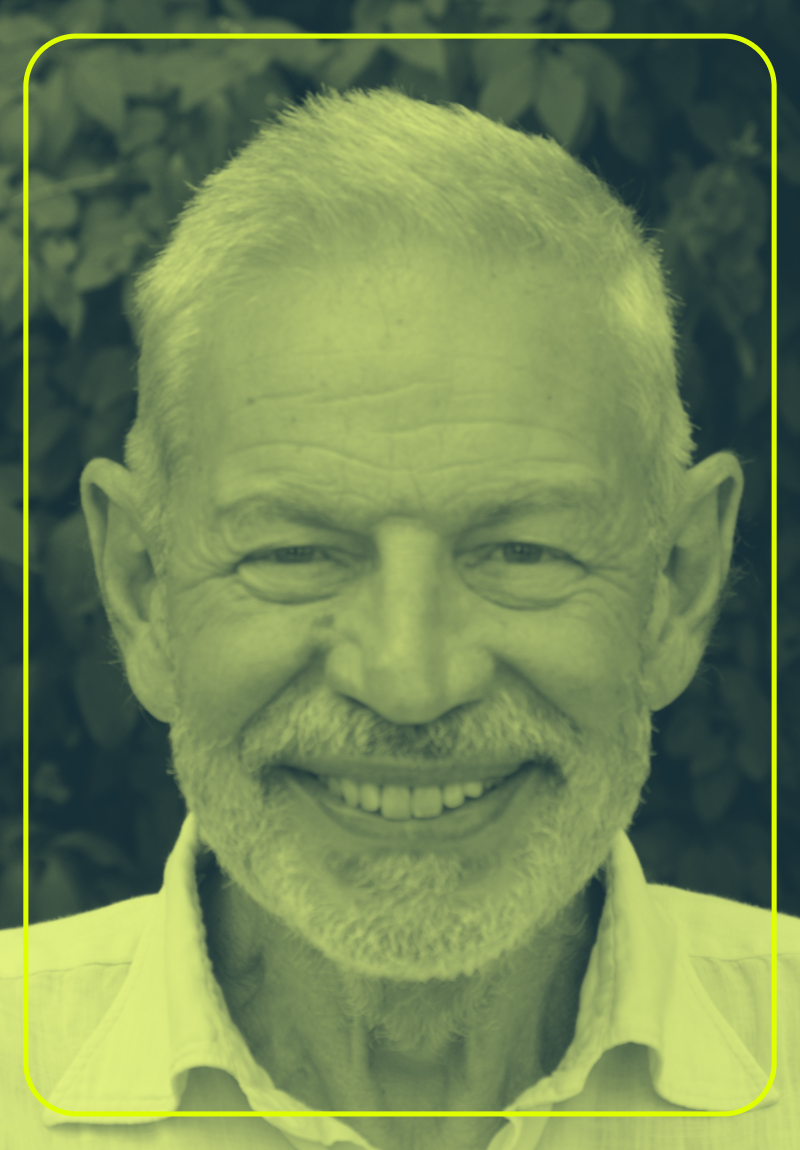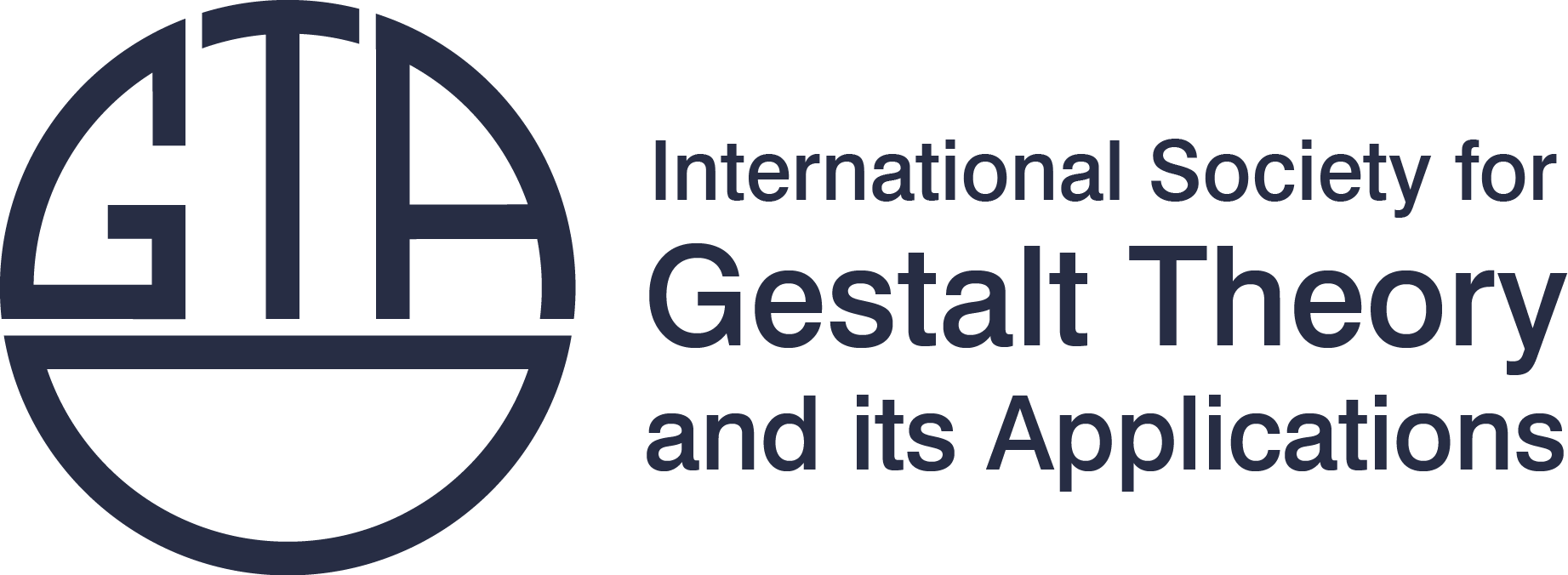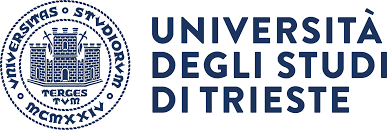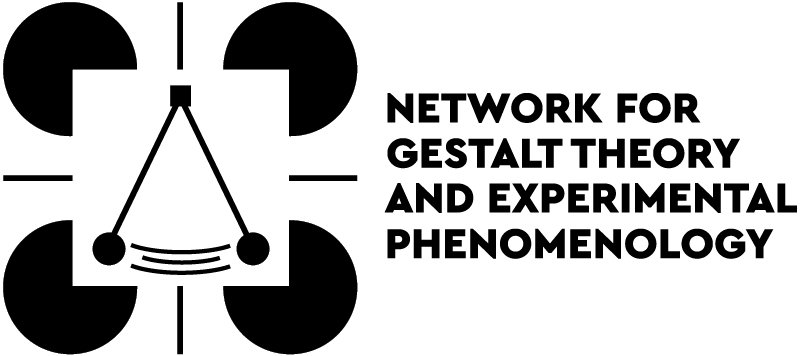Keynote Speakers

Walter Gerbino
University of Trieste
Approximation in perceptual completion
- Wednesday, September 25
- Sacrestia del Bramante, Santa Maria delle Grazie, 3:30 p.m.
Normally, the perception of complete visual shapes given incomplete sensory evidence can be explained by interpolation; i.e., by the smooth monotonic connection of literally represented contour stimuli. However, in limiting conditions (e.g., the Gerbino illusion pattern), such a connection is impossible, forcing the system to either violate smoothness and monotonicity constraints or relax the literal representation assumption. I will review evidence that figural completion may involve visual approximation rather than interpolation and discuss the implications of such a view for perceptual theory.

Vincenzo Fano
University of UrbinoVincenzo Fano is Professor of Logic and Philosophy of Science in the University of Urbino. Moreover, he is a scholar of History and Philosophy of Physics as well as History and Philosophy of Psychology; his research has focused mainly on the problem of the relationship between mathematical models, experience and reality. He is a full member of the Academie Internationale des Philosophie de la science. Since 2020, he has been president of the Italian Society for Logic and Philosophy of Science (SILFS).
Köhler’s physische Gestalten 100 years after
- Thursday, September 26
- Campus Bicocca, Tellus Building (U4), Aula Sironi (U4-2), 12:00 p.m.
In this neglected book, which appeared in 1919, Köhler proposed: I. There are not only mental Gestalten, but also physical ones; II. In our sensory apparatuses, there are physiological Gestalten that parallel mental Gestalten; III. The just mentioned physiological Gestalten are physical Gestalten. In a sense, all these three theses are wrong. The proposed examples of electrical field and entropy are not physical Gestalten. Even realist scholars do not believe in the reality of electrical potential and entropy. Moreover, the best models of our sensory organs are atomistic since they are based on the notion of information. Furthermore, each receptor takes autonomously information from the environment. Only in the transmission of this information are there processes of connection and aggregation of visual information.
Moreover, Köhler’s notion of Gestalt is too rough. Contemporary formal methods allow us to distinguish different kinds of Gestalten. In particular, nonextensional wholes, parts depending on the whole, and causal wholes.
Despite these defects of the volume, we should say that quantum mechanics introduced real physical Gestalten through the discovery of entanglement. Therefore, at the end of the day, Köhler is right. Although this Gestalten probably are irrelevant for perception, Köhler is also right that each kind of part in science is partially an abstraction. Thus, psychophysiological processes at the basis of perception are indeed Gestalten.
We conclude that Köhler’s book, after 100 years, is still a fruitful reading.
Staff
University of Milano-Bicocca
Matteo De Tommaso
Teresa Di Bella
Marta Maisto
Federico Paulesu
Camilla Sarbia
Denise Vincenti





